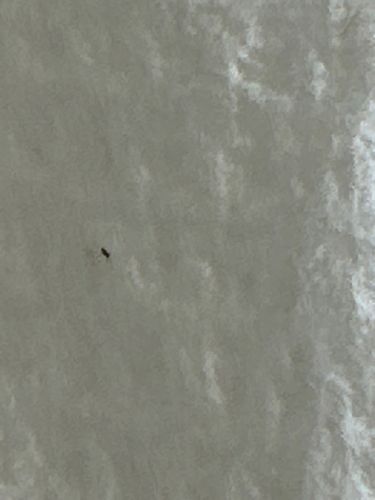Thrips
Scientific Name: Thysanoptera
Order & Family: Order: Thysanoptera
Size: 0.5 to 5 mm, most are about 1-2 mm long

Natural Habitat
Commonly found on plants, feeding on leaves and flowers. They can accidentally wander indoors, getting in through screens or on clothing, and are often found on bedding, paper, or computer screens.
Diet & Feeding
Most species feed on plant sap, pollen, or fungal spores using piercing-sucking mouthparts. A few species are predatory on other small insects and mites.
Behavior Patterns
Thrips are slender insects with fringed wings, though they are weak fliers and are often transported by wind. They can sometimes appear in large numbers, especially during hot, dry weather, earning them the nickname 'thunderflies'.
Risks & Benefits
Risks: Considered a major pest in agriculture and horticulture as they can damage plants and transmit plant viruses. They are a nuisance to humans but are not known to transmit diseases. Some species may bite, causing minor, temporary skin irritation. Benefits: Predatory species can be beneficial as they eat other pests like mites.
Identified on: 11/16/2025